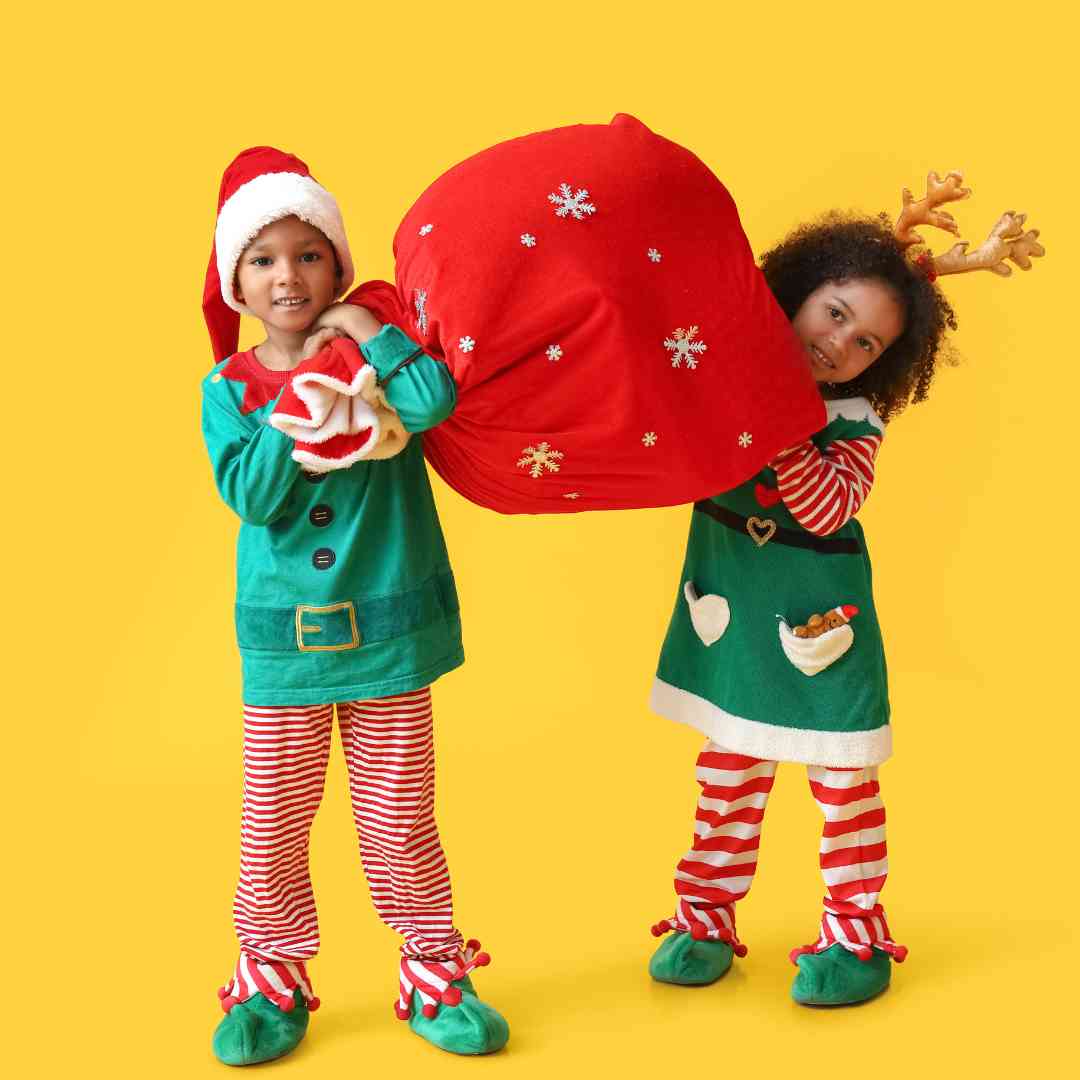Santa’s Elves: The Magical History and Origins

When you think of Santa Claus, his team of elves often comes to mind – those industrious, cheerful little workers who assist the jolly old man in the red suit. These beloved characters are an essential part of the Christmas story, but where did they come from, and how did they become Santa’s right-hand helpers?
Origins in Folklore and Legend The idea of Santa’s helpers or magical assistants can be traced back to a mixture of folklore and legend. Elves, known for their craftsmanship and cleverness, appear in the mythology of various cultures, often as mystical, otherworldly beings with the power to create enchanting objects and assist humans.
Early References in Literature The earliest known written reference to Santa’s elves as toy makers comes from the poem “A Visit from St. Nicholas,” also known as “The Night Before Christmas.” This famous poem, published in 1823, describes Santa as “a right jolly old elf,” and it mentions that his “little elves” help him in his Christmas Eve work of delivering gifts. This poem played a significant role in popularizing the modern image of Santa’s workshop and his team of elves.
Clement Clarke Moore and Thomas Nast The poem, attributed to Clement Clarke Moore, was widely popular and contributed to the development of the Santa Claus character, as well as the image of Santa’s helpers. Thomas Nast, a political cartoonist, further solidified the image of Santa Claus and his elves in the mid-19th century. Nast’s illustrations in Harper’s Weekly depicted Santa’s workshop at the North Pole, complete with elves, and contributed to the cultural perception of Santa’s helpers.
The Role of Commercialism As Christmas became more commercialized in the 19th and early 20th centuries, the image of Santa’s elves as toymakers and industrious workers who prepared gifts for children gained further prominence. This commercialization was driven by retailers and advertisers who saw the potential in using these characters to promote holiday shopping.
Popularization through Media The role of Santa’s elves was further popularized through various media forms. Christmas songs, books, television specials, and movies began featuring Santa’s workshop and his team of elves. Classic films like “Rudolph the Red-Nosed Reindeer” and “The Year Without a Santa Claus” showcased the beloved characters in the 1960s, further embedding them in the holiday narrative.
The Influence of Scandinavian Folklore The image of Santa’s elves also draws from Scandinavian folklore, where “nisse” or “tomte” figures are said to be mischievous but good-hearted creatures who help with household chores and protect the farm. These folklore characters influenced the development of Santa’s elves and their helpful, industrious nature.
Modern Interpretations In modern interpretations, Santa’s elves are often depicted as cheerful, hardworking, and childlike beings who live at the North Pole. They are known for crafting toys, maintaining Santa’s sleigh, and ensuring the smooth operation of Christmas preparations. These elves, with their pointed ears and colorful attire, add a touch of magic and wonder to the holiday season.
Santa’s elves, while rooted in folklore and legend, have become a beloved and enduring part of the Christmas tradition. From their earliest mentions in poetry to their prominent roles in contemporary holiday celebrations, these magical characters continue to capture the imaginations of people of all ages. The image of Santa’s helpers reminds us of the joy, creativity, and the spirit of giving that defines the holiday season.
Wrap your feet in festive cheer with our Christmas-themed socks with pockets! Adorned with charming Christmas tree, chimney stocking, reindeer, and candy cane designs, these Sock Wallets are a merry addition to your holiday wardrobe. Get ready to celebrate in style.

Recent Comments